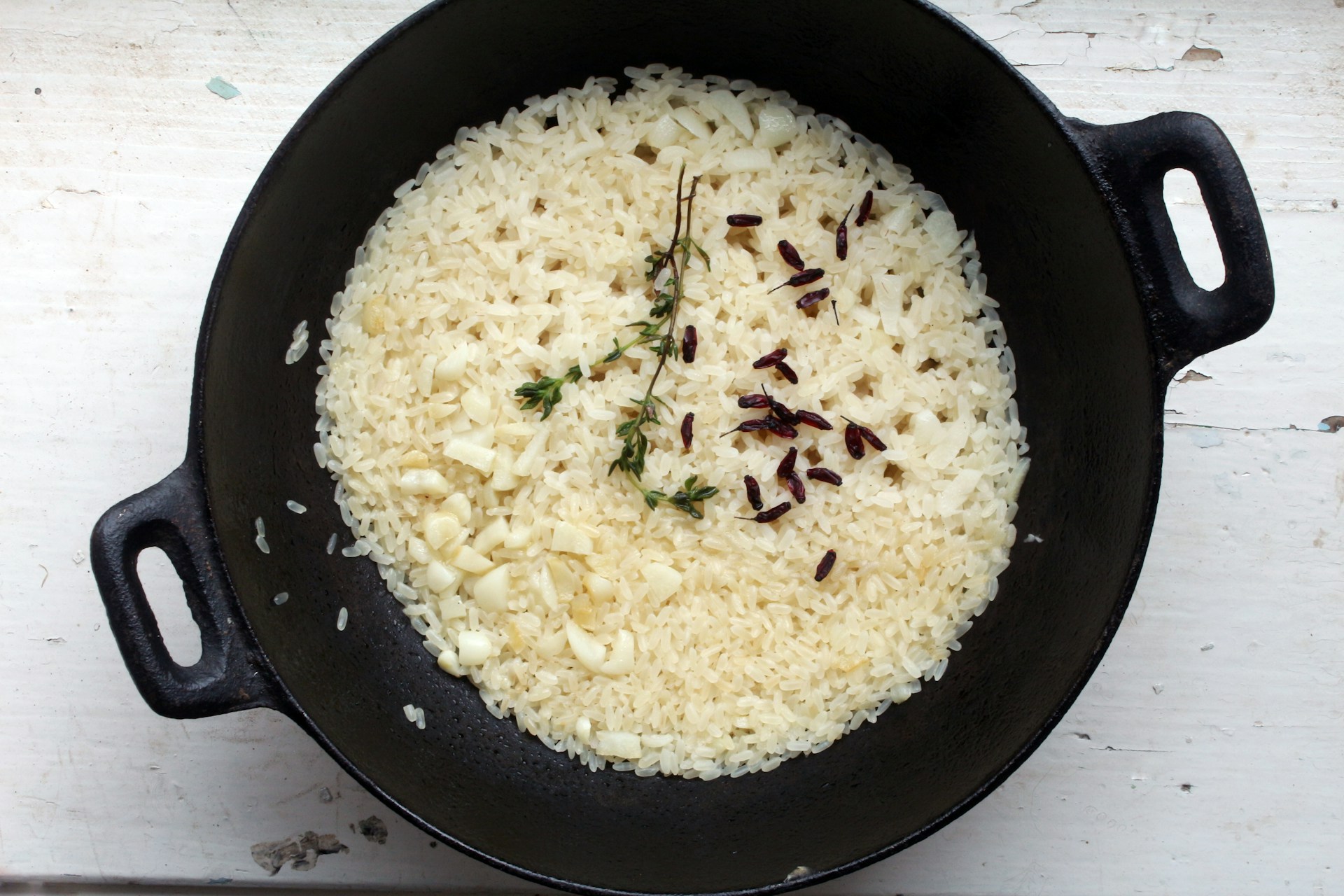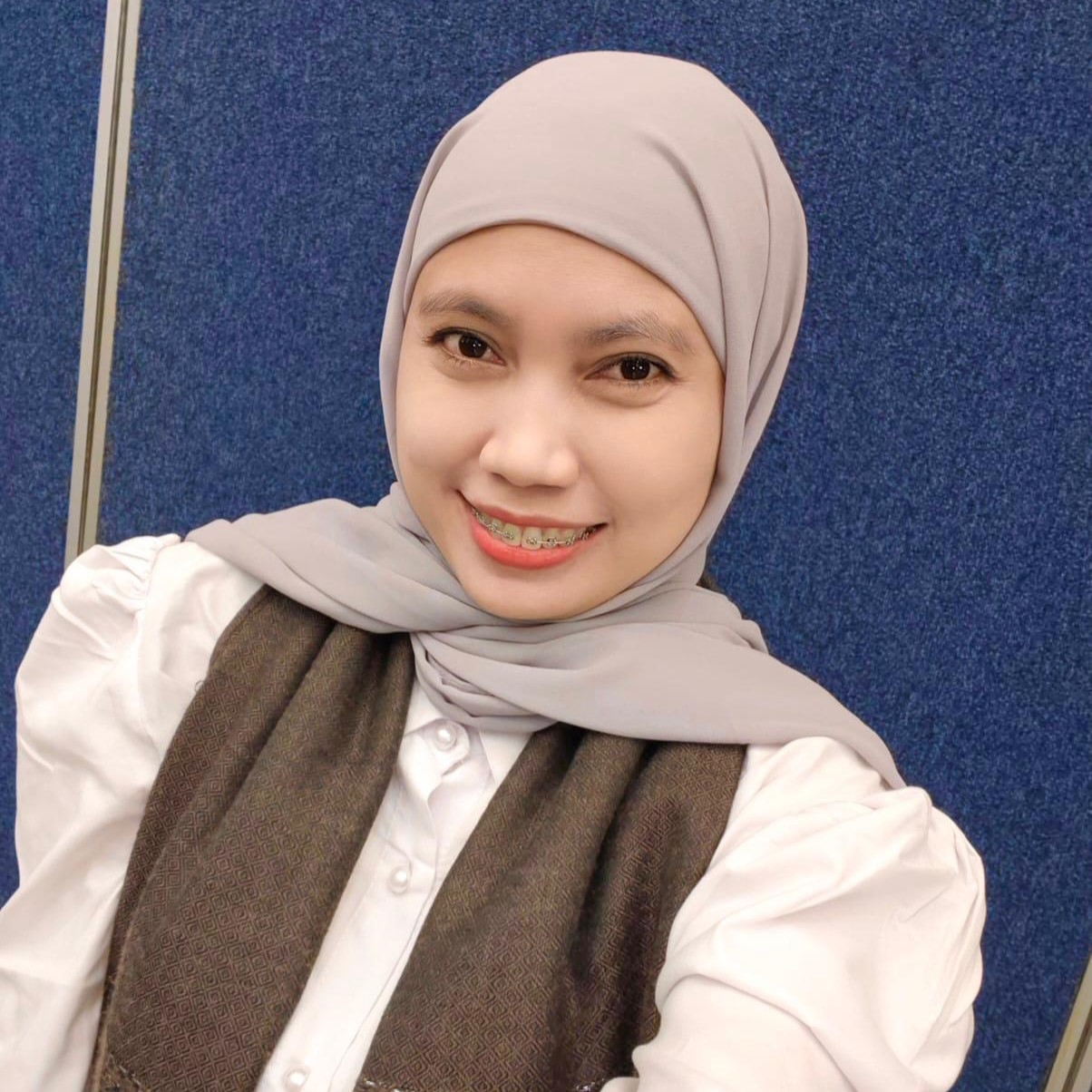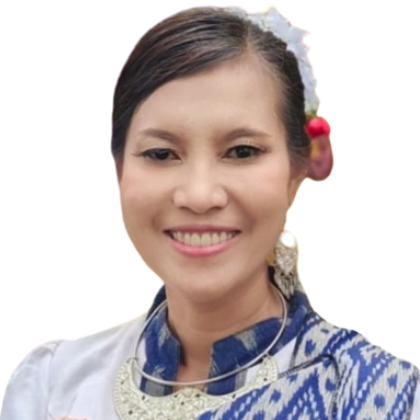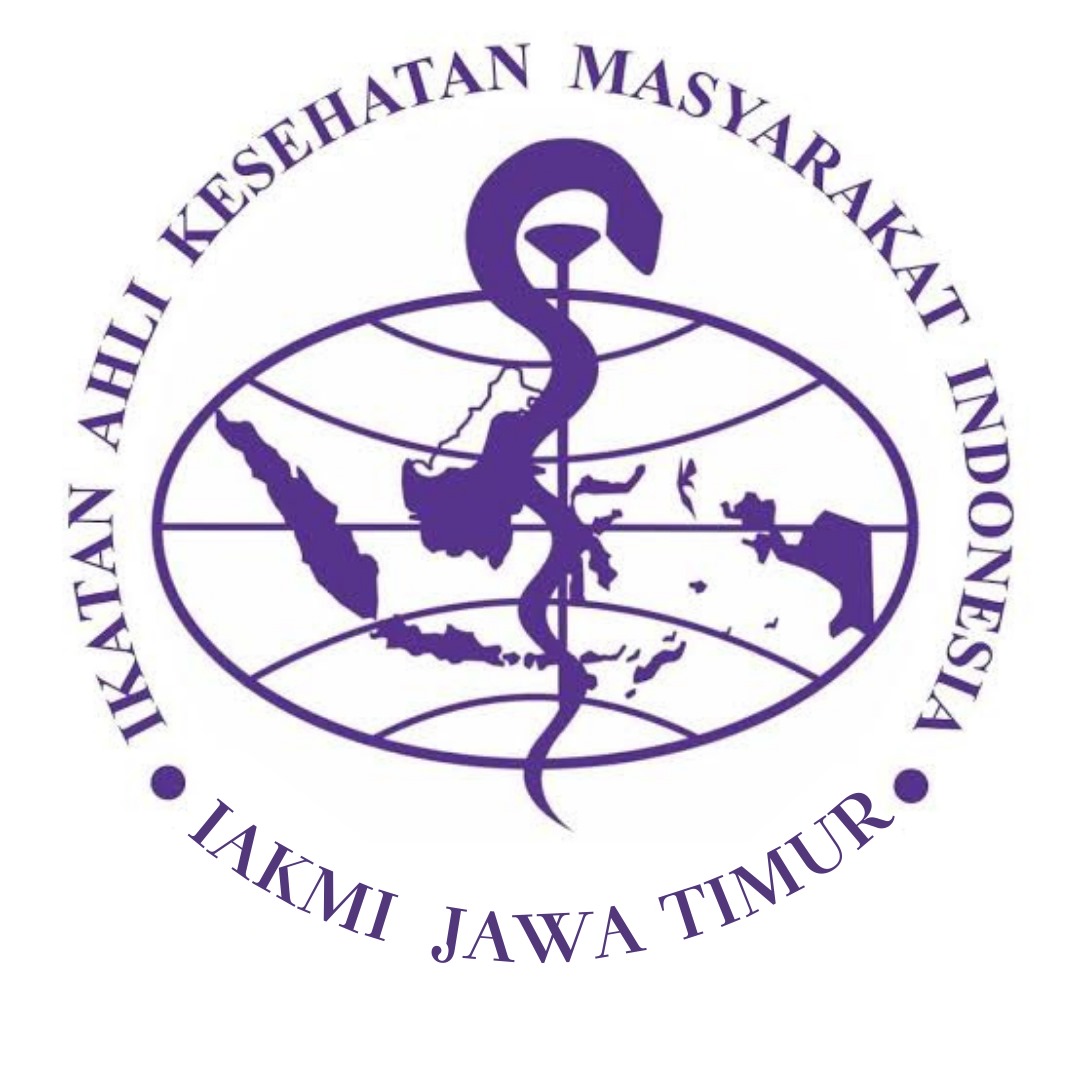The Effect of Tengger Tribe’s Traditional Aron Rice on Blood Glucose levels 2 Hours Post-Prandial in Healthy Adult Woman

Downloads
Background: In 2021, Indonesia recorded 19.5 million cases of diabetes mellitus. Women exhibit a 1.02 fold higher risk of developing diabetes mellitus when accounting for physical factors. Dietary management using the special concept (schedule, amount, and type) is an appropriate choice for diabetes mellitus patients to control blood glucose levels. Aron rice, a processed white corn variety typical of the Tengger tribe, is high in fiber and may help control blood glucose levels.
Objectives: This objective of this research is to examine the effect of Tengger tribe's special Aron rice on 2-hour post-prandial blood glucose levels in healthy adult women.
Methods: This experimental method involved interventions with control food (pure sugar) and test food (Aron rice). The research design used a pre-test post-test one-group design. The sample consisted of 16 participants selected through purposive sampling based on inclusion criteria. The study was carried out from July to September 2024. The instruments in this study utilized the observation method of 2-hour post-prandial blood glucose measurements following the administration of control and test foods. The data were analyzed using a paired t-test to examine the effect of Aron rice on changes in 2-hour post-prandial blood glucose levels.
Results: The study findings indicate an average blood glucose level before the control food was 87.75 mg/dL, while before the test food, it was 85.88 mg/dL, with a p-value of 0.107>0.05, indicating no significant difference in fasting blood glucose levels at minute 0. After the control food, the average blood glucose level was 115.63 mg/dL, while after the test food, it was 90.00 mg/dL. There was a mean difference of 25.63 mg/dL with a p-value of 0.000<0.05, indicating a significant difference in fasting blood glucose levels in 2 hours.
Conclusion: Tengger tribe's special Aron rice affects changes on 2-hour post-prandial blood glucose levels in healthy adult women, resulting in lower levels compared to pure sugar. Aron rice can be an alternative staple food for diabetes mellitus patients as an effort to improve blood glucose control in the body.
American Diabetes Association (2018) ‘Classification and diagnosis of diabetes: Standards of medical care in Diabetes 2018’, Diabetes Care, 41(January), pp. S13–S27. ttps://doi.org/10.2337/dc18-S002.
American Diabetes Association (2021) ‘Standards of Medical Care in Diabetes-2021’, Diabetes Care, 37, pp. 14–80. https://doi.org/10.2337/dc14-S014.
Ferretti, F. and Mariani, M. (2017) ‘Simple vs. complex carbohydrate dietary patterns and the global overweight and obesity pandemic’, International Journal of Environmental Research and Public Health, 14(10). https://doi.org/10.3390/ijerph14101174.
Guyton, A.C. and Hall, J.E. (2017) Buku Ajar Fisiologi Kedokteran Edisi Ke 12, Saunders Elsevier.
Inayah, I., Metty, M. and Aprilia, Y. (2021) ‘Indeks Glikemik dan Beban Glikemik Nasi Jagung Instan dengan Penambahan Tepung Tempe Sebagai Alternatif Makanan Pokok Pasien Diabetes Mellitus’, Ilmu Gizi Indonesia, 4(2), p. 179. https://doi.org/10.35842/ilgi.v4i2.238.
Kemenkes, R. (2014) ‘Permenkes No. 41 Tahun 2014 Tentang Pedoman Gizi Seimbang’, 58(12), pp. 7250–7. Available at: http://www.ncbi.nlm.nih.gov/pubmed/25246403%0Ahttp.
Komariah, K. and Rahayu, S. (2020) ‘Hubungan Usia, Jenis Kelamin Dan Indeks Massa Tubuh Dengan Kadar Gula Darah Puasa Pada Pasien Diabetes Melitus Tipe 2 Di Klinik Pratama Rawat Jalan Proklamasi, Depok, Jawa Barat’, Jurnal Kesehatan Kusuma Husada, (Dm), pp. 41–50. https://doi.org/10.34035/jk.v11i1.412.
Kosasih, A.M., Sutadarma, I.W.G. and Dewi, N.N.A. (2020) ‘Hubungan asupan gula sederhana terhadap kadar glukosa darah pada pasien diabetes mellitus tipe II’, Intisari Sains Medis, 11(3), pp. 973–977. https://doi.org/10.15562/ism.v11i3.676.
Lathifah, N.L. (2017) ‘Hubungan durasi penyakit dan kadar gula darah dengan keluhan subyektif penderita diabetes melitus’, Jurnal Berkala Epidemiologi, 5(2), p. 218. https://doi.org/10.20473/jbe.v5i2.2017.231-239.
Maligan, J.M., Pratiwi, D.D. and Widyaningsih, T.D. (2020) ‘Studi Preferensi Konsumen terhadap Nasi Putih dan Nasi Jagung Putih pada Pekerja Wanita di Kantor Pemerintah Kota Malang’, Indonesian Journal of Human Nutrition, 7(2), pp. 139–152.
Minantyo, H. et al. (2022) Resep Kreasi Olahan Pangan Berbahan Dasar Pangan Lokal di Bromo. DeePublish. Available at: https://dspace.uc.ac.id/handle/123456789/6574.
Mulyasari, I. and Maryanto, S. (2020) ‘Blood Glucose Profile in Healthy Adults With Nasi Jagung Consumption Habit’, AIP Conference Proceedings, 2231(April). https://doi.org/10.1063/5.0002647.
Novrian, F., dan Hajar, S. (2020) ‘Perbandingan Peningkatan Kadar Glukosa Darah Puasa Sebelum dan Sesudah Pemberian Madu’, Jurnal Ilmiah Simantek, 4(4), pp. 146–152.
Perkeni (2019) Pengelolaan Dan Pencegahan Diabetes MelituS Tipe 2 Dewasa di Indonesia, PB Perkeni.
Perkeni (2021) Pedoman Pengelolaan dan Pencegahan Diabetes Melitus Tipe 2 Dewasa di Indonesia 2021, PB Perkeni. Available at: www.ginasthma.org.
Permatasari, S.M., Sudargo, T. and Purnomo, L.B. (2015) ‘Estimasi Asupan Indeks Glikemik dan Beban Glikemik Dengan Kontrol Gula Darah Pasien Diabetes Melitus Tipe 2’, Jurnal Gizi Klinik Indonesia, 12(2), p. 45. https://doi.org/10.22146/ijcn.23116.
Rahayu, L. and Pontang, G.S. (2018) ‘Glycemic Index Analysis on Nugget Made From Chicken Mixed White Oyster Mushrooms (Pleurotus Ostreatus)’, Jurnal Gizi dan Kesehatan, 10(24), pp. 142–149.
Rejeki, S. et al. (2024) ‘Analisis Asupan Energi, Karbohidrat, dan Serat dari Pangan Pokok di Wilayah Non Pertanian di Kota Baubau 2022’, Jurnal Gizi Ilmiah, 11, pp. 35–41.
Rudi, A. and Kruweh, H.N. (2019) ‘Faktor Risiko yang Mempengaruhi Kadar Gula Darah Puasa Pada Pengguna Layanan Laboratorium’, Wawasan Kesehatan, 3(2), pp. 33–39.
Salim, B.R.K., Wihandani, D.M. and Dewi, N.N.A. (2021) ‘Obesitas sebagai faktor risiko terjadinya peningkatan kadar trigliserida dalam darah: tinjauan pustaka’, Intisari Sains Medis, 12(2), pp. 519–523. https://doi.org/10.15562/ism.v12i2.1031.
Samapati, R.U.R., Putri, R.M. and Devi, H.M. (2023) ‘Perbedaan Kadar Gula Darah Berdasarkan Jenis Kelamin dan Status Gizi (IMT) Lansia Penderita Diabetes Melitus Tipe 2’, Jurnal Akademika Baiturrahim Jambi, 12(2), p. 417. https://doi.org/10.36565/jab.v12i2.699.
Situmorang, P.R., Zalukhu, B. and Napitupulu, D.S. (2023) ‘Perbandingan Peningkatan Kadar Glukosa darah Sebelum dan Setelah pemberian Gula Putih, Gula Aren, dan Madu Pada Mahasiswa TLM di STiKes Santa Elisabeth Medan Tahun 2023’, Journal of Indonesian Medical Laboratory and Science (JoIMedLabS), 4(2), pp. 136–147. https://doi.org/10.53699/joimedlabs.v4i2.154.
Sugiono (2016) Metode Penelitian Kuantitatif, Kualitatif dan R&D.
Susanti and Nobel Bistara, D. (2018) ‘Hubungan Pola Makan Dengan Kadar Gula Darah Pada Penderita Diabetes Mellitus (The Relationship between Diet and Blood Sugar Levels in Patients with Diabetes) Mellitus.’, Jurnal Kesehatan Vokasional, 3(1), pp. 29–34. Available at: http://journal.ugm.ac.id/jkesvo.
Tiurma, R.J. and Syahrizal (2021) ‘Obesitas Sentral dengan Kejadian Hiperglikemia pada Pegawai Satuan Kerja Perangkat Daerah’, Higeia Journal of Public Health Research and Development, 5(3), pp. 227–238.
Triana, L. and Salim, M. (2017) ‘Perbedaan Kadar Glukosa Darah 2 Jam Post Prandial’, Jurnal Laboratorium Khatulistiwa, 1(1), p. 51. https://doi.org/10.30602/jlk.v1i1.97.
Tsyaniyah, A.A., Aisyah, I.S. and Husnul, N. (2024) ‘Status obesitas dan kadar gula dara pada usia produktif’, Nutrition Scientific Journal, 3(1), pp. 44–51. https://doi.org/10.37058/nsj.v3i1.11168.
Winarti, C. et al. (2023) ‘Nutrient Composition of Indonesian Specialty Cereals: Rice, Corn, and Sorghum as Alternatives to Combat Malnutrition’, Preventive Nutrition and Food Science, 28(4), pp. 471–482. https://doi.org/10.3746/pnf.2023.28.4.471.
Copyright (c) 2025 Intan Kinanti Biasnurbani, Noor Rohmah Mayasari

This work is licensed under a Creative Commons Attribution-ShareAlike 4.0 International License.
Media Gizi Kesmas by Unair is licensed under a Creative Commons Attribution-ShareAlike 4.0 International License.
1. The journal allows the author(s) to hold the copyright and to retain the publishing right of the article without restrictions.
2. The legal formal aspect of journal publication accessibility refers to Creative Commons Attribution-Share-Alike (CC BY-SA).
3. The Creative Commons Attribution-Share-Alike (CC BY-SA) license allows re-distribution and re-use of a licensed work on the conditions that the creator is appropriately credited and that any derivative work is made available under "the same, similar or a compatible license”. Other than the conditions mentioned above, the editorial board is not responsible for copyright violations.



















